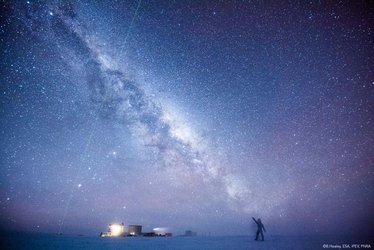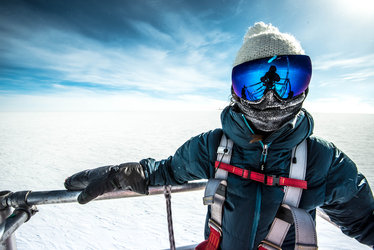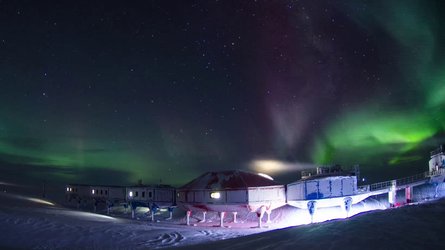Accept all cookies Accept only essential cookies See our Cookie Notice

About ESA
The European Space Agency (ESA) is Europe’s gateway to space. Its mission is to shape the development of Europe’s space capability and ensure that investment in space continues to deliver benefits to the citizens of Europe and the world.
Highlights
ESA - United space in Europe
This is ESA ESA facts Member States & Cooperating States Funding Director General Top management For Member State Delegations European vision European Space Policy ESA & EU Space Councils Responsibility & Sustainability Annual Report Calendar of meetings Corporate newsEstablishments & sites
ESA Headquarters ESA ESTEC ESA ESOC ESA ESRIN ESA EAC ESA ESAC Europe's Spaceport ESA ESEC ESA ECSAT Brussels Office Washington OfficeWorking with ESA
Business with ESA ESA Commercialisation Gateway Law at ESA Careers Cyber resilience at ESA IT at ESA Newsroom Partnerships Merchandising Licence Education Open Space Innovation Platform Integrity and Reporting Administrative Tribunal Health and SafetyMore about ESA
History ESA Historical Archives Exhibitions Publications Art & Culture ESA Merchandise Kids Diversity ESA Brand CentreLatest
Space in Member States
Find out more about space activities in our 23 Member States, and understand how ESA works together with their national agencies, institutions and organisations.
Science & Exploration
Exploring our Solar System and unlocking the secrets of the Universe
Go to topicAstronauts
Missions
Juice Euclid Webb Solar Orbiter BepiColombo Gaia ExoMars Cheops Exoplanet missions More missionsActivities
International Space Station Orion service module Gateway Concordia Caves & Pangaea BenefitsLatest
Space Safety
Protecting life and infrastructure on Earth and in orbit
Go to topicAsteroids
Asteroids and Planetary Defence Asteroid danger explained Flyeye telescope: asteroid detection Hera mission: asteroid deflection Near-Earth Object Coordination CentreSpace junk
About space debris Space debris by the numbers Space Environment Report In space refuelling, refurbishing and removingSafety from space
Clean Space ecodesign Zero Debris Technologies Space for Earth Supporting Sustainable DevelopmentLatest
Applications
Using space to benefit citizens and meet future challenges on Earth
Go to topicObserving the Earth
Observing the Earth Future EO Copernicus Meteorology Space for our climate Satellite missionsCommercialisation
ESA Commercialisation Gateway Open Space Innovation Platform Business Incubation ESA Space SolutionsLatest
Enabling & Support
Making space accessible and developing the technologies for the future
Go to topicBuilding missions
Space Engineering and Technology Test centre Laboratories Concurrent Design Facility Preparing for the future Shaping the Future Discovery and Preparation Advanced Concepts TeamSpace transportation
Space Transportation Ariane Vega Space Rider Future space transportation Boost! Europe's Spaceport Launches from Europe's Spaceport from 2012Latest

Step to the stars
Thank you for liking
You have already liked this page, you can only like it once!
Concordia sits on a plateau 3200 m above sea level. A place of extremes, temperatures can drop to –80°C in the winter, and the Sun does not rise above the horizon in the winter, forcing the crew to live in isolation without sunlight for four months of the year.
Its seclusion offers scientists a unique location to conduct research far from civilisation in many disciplines. The thin atmosphere, clear skies and zero light pollution around Concordia make it an ideal place for observing the Universe – as this picture shows with its aurora and many stars.
Auroras occur when atomic particles from the Sun hits Earth’s upper atmosphere, making it glow in a greenish blue light. They occur frequently over both polar regions, but are often difficult to see from populated areas.
For ESA, the isolation and extreme weather offer interesting parallels with spaceflight and living on another planet. Each year an ESA-sponsored medical doctor joins the crew of the Italian–French station to monitor and run experiments on the crew of up to 15.
This image was taken by Beth Healey, medical doctor from the winter of 2015. Timed to coincide with the opening of an exhibition on space and Antarctica, Beth is presenting the story “Step to the stars – our future in space starts on Earth”.
The narrative is featured in the WhiteSpace exhibition at the Times Science festival in Cheltenham, UK, being held 7–12 June.
What really happens in a crew of 13 isolated in a research station for nine months? Find out at: esa.int/steptothestars
-
CREDIT
ESA/IPEV/PNRA–B. Healey -
LICENCE
ESA Standard Licence

Concordia crew 2014-2015

Concordia reaching for the stars

Beth Healey

Beth Healey















 Germany
Germany
 Austria
Austria
 Belgium
Belgium
 Denmark
Denmark
 Spain
Spain
 Estonia
Estonia
 Finland
Finland
 France
France
 Greece
Greece
 Hungary
Hungary
 Ireland
Ireland
 Italy
Italy
 Luxembourg
Luxembourg
 Norway
Norway
 The Netherlands
The Netherlands
 Poland
Poland
 Portugal
Portugal
 Czechia
Czechia
 Romania
Romania
 United Kingdom
United Kingdom
 Slovenia
Slovenia
 Sweden
Sweden
 Switzerland
Switzerland
























